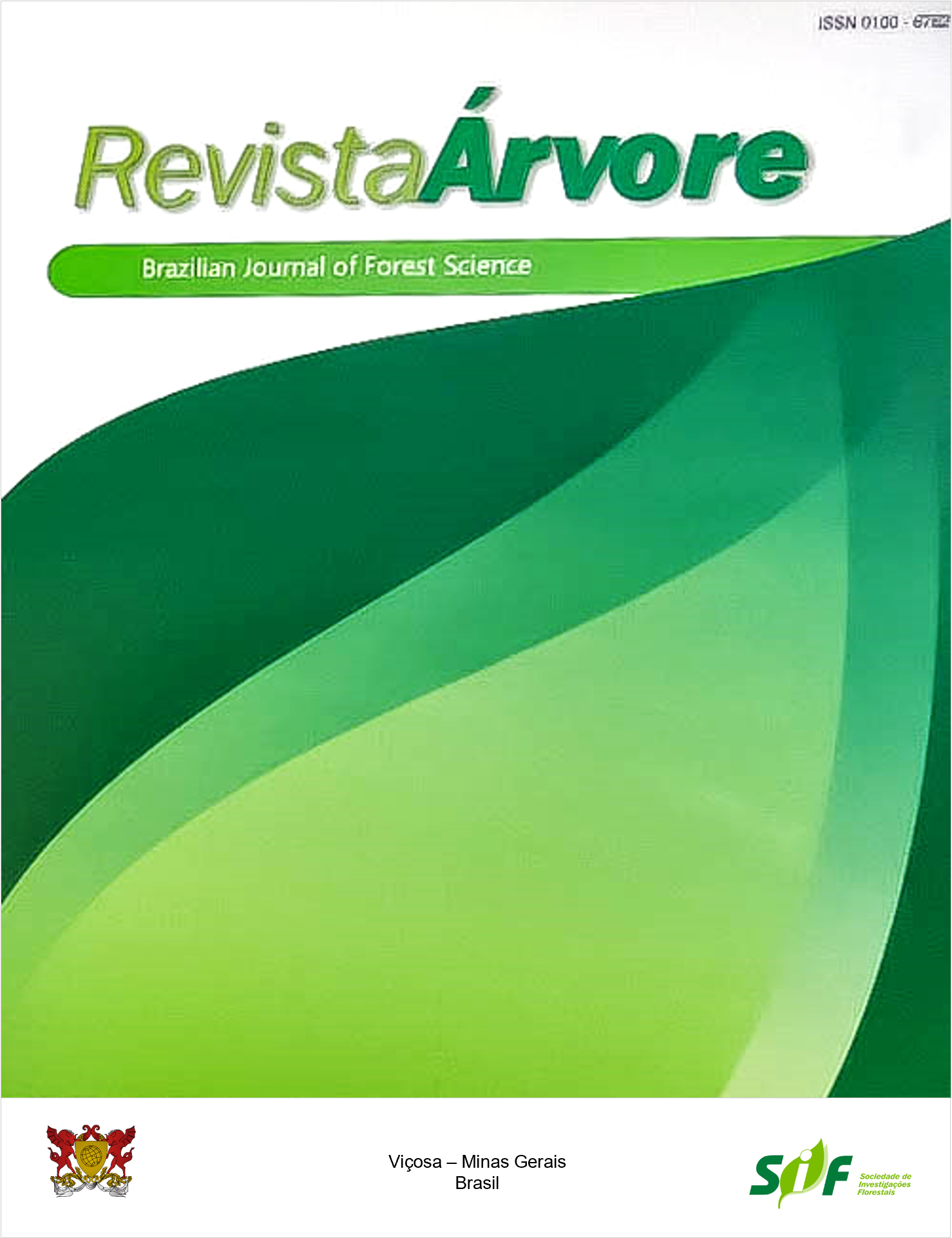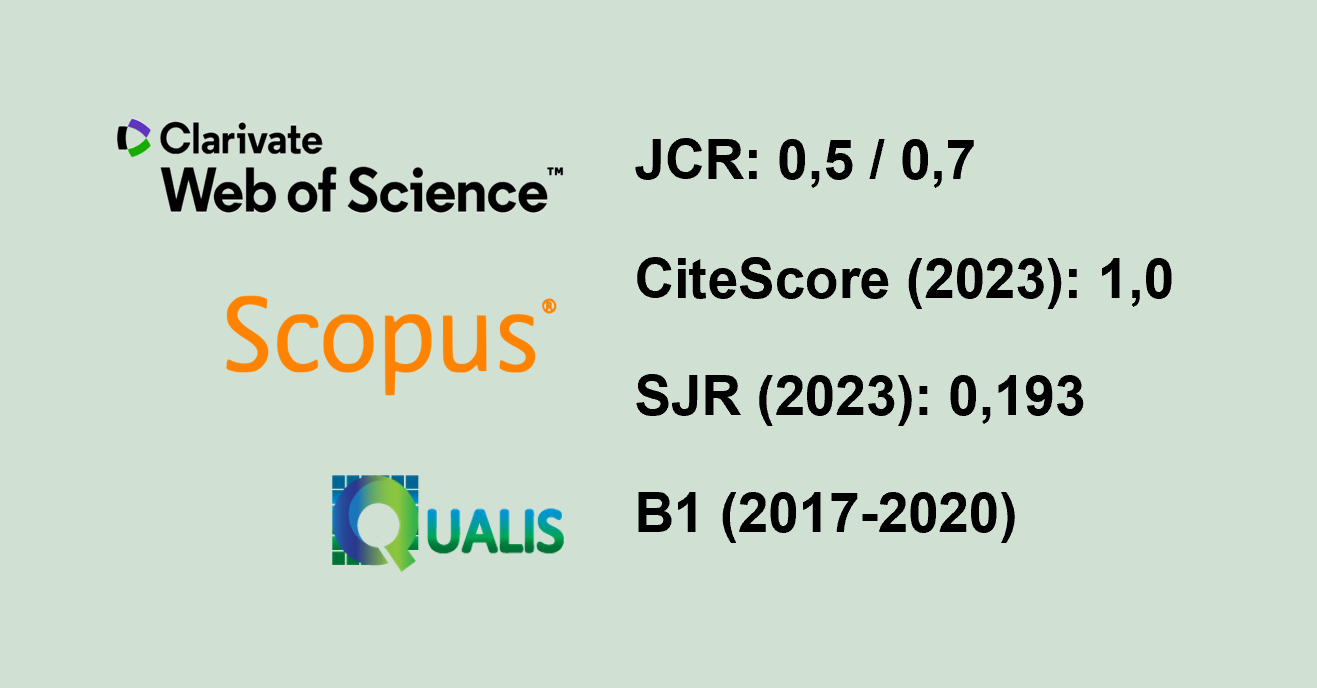MODELING DIAMETER DISTRIBUTION OF TREE SPECIES IN A SEMIDECIDUOUS FOREST FRAGMENT
Keywords:
Estrutura diamétrica, Funções de Densidade Probabilística, Teste de aderênciaAbstract
Modeling diameter distribution in natural forests is an important tool for understanding the native woody species dynamics, supporting decision-making for degraded lands management and restoration. Therefore, this work aimed to fit probabilistic density functions to evaluate the diameter structure of three tree species with economic interest, such as Campomansesia xanthocarpa Marl. Ex. O. Berg, Piptadenia
gonoacantha (Mart.) J.F. Macbr. and Zeyheria tuberculosa (Vell.) Bureau ex Verl., in a Semideciduous Seasonal Forest fragment at São Paulo State, Brazil. The data came from 83 temporary plots of 10 m x 20 m systematically distributed along 164 ha. Log-normal, Gamma, and Weibull functions were fitted to the three species using the fitdistrplus-package in the R program. Kolmogorov-Smirnov’s adherence test was used to evaluate the fits at a 5% probability level. The functions were selected employing Akaike’s Information Criterion (AIC) and Schwarz’s Bayesian Information Criterion (BIC), in addition to a graphical analysis of the fi tted functions. The results indicated that the three species diameter structure is positively asymmetric, representing the exponential pattern, representing continuous natural regeneration. AIC and BIC statistics indicated the Log normal function to describe the diameter distribution of C. xanthocarpa and Z. tuberculosa, while the Gamma function was the most appropriate for P. gonoacantha. For the three species, the graphical analysis showed the Gamma function results in the best fit without tendency for estimating frequency density per diameter class.
Keywords: Diameter structure; Probabilistic density functions; Adherence test
Downloads
Published
How to Cite
Issue
Section
License
All authors agreed to submit the work to Revista Árvore and granted the exclusive license to publish the article. The authors affirm that it is an original work and has not been previously published elsewhere. The scientific content and opinions expressed in the article are the sole responsibility of the authors and reflect their opinions, not necessarily representing the opinions of the editorial board of Revista Árvore or of the Society of Forest Investigations (SIF).




